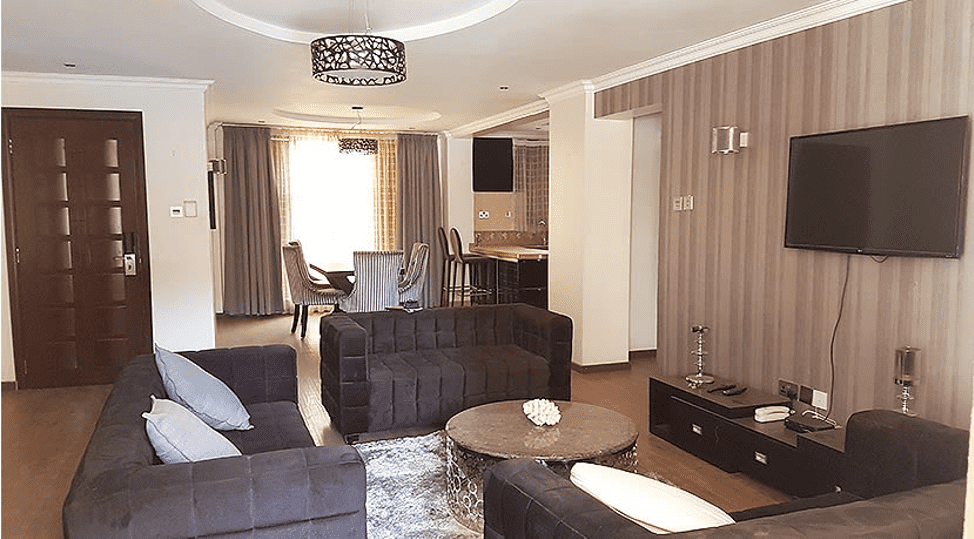
Whether you have a spare room in your home or have an extra property in another city or town, renting them out is an excellent way to add an income stream. In this economy, it’s prudent to have multiple sources of revenue to help you with the monthly expenses.
Before you convert your property into a short-term rental space, you must check the tips below:
- Know the Legalities
The first thing that you should understand before remodeling or renovating your property for renters is the rules and regulations in your area. You must become familiar with rental restrictions in your locality to avoid legal problems in the future.
You’ll have to process operating licenses and business permits. While it may seem tedious and will entail additional costs, these regulations imposed by the government serve to protect both tenants and property owners like you.
- Check Your Budget
The overall cost of preparing a room or an entire property for rental depends mainly on its condition. Nonetheless, this venture requires considerable capital. So, you should save up for it or take a loan to supplement your finances.
Claim up to $26,000 per W2 Employee
- Billions of dollars in funding available
- Funds are available to U.S. Businesses NOW
- This is not a loan. These tax credits do not need to be repaid
If you’re planning on renovating your space for short-term rental, keep these strategies in mind to gain the most return on investment (ROI):
- Anticipate Potential Issues – Look at your room or property through the eyes of a tenant. Check different areas, such as the counter space, lighting, and furnishings. Walk around the space, imagine how renters will use it, and anticipate the possible problems that they may encounter.
- Identify the Appropriate Changes – Oftentimes, your space is already functional, which is great because you won’t have to spend too much on remodeling. You just need to invest in aesthetics like repainting the walls, doors, and drawer handles. Plus, you can easily do these tasks yourself to save money.
- Storage is Key – Your tenants will appreciate having lots of storage space for their things. You don’t need a large area for this purpose. Instead, you must make sure to furnish the room or property wisely, like installing a kitchen island with drawers underneath or fitting a shelf against the wall around the vanity or the toilet.
- Select Low-Maintenance Finishes – You can’t guess the cleaning habits of tenants. You may end up spending a lot for getting rid of stains and cleaning your property after they move out. The best way to prevent this problem is to opt for low-maintenance finishes without compromising on the aesthetic aspects. Resin-based or laminated countertops are your best bets compared to natural stone. Moreover, they have a lower price tag and require less care.
- Measure the Space
Determining the area that you’re offering to renters is crucial in calculating how much you’ll be charging them per week or month. You’ll want to show them that your property has enough space for them and their things.
To boost the functionality of a room, you must take note of the walls that you’ll be installing. Too many barriers can take up space and give a feeling of tightness. Windows can help mitigate the issue. Make sure to consider where to place doors carefully as well. Assess the situation objectively so that you can design an accurate floor plan for remodeling the area.
- Prep the Essential Utilities
You may not need to put up fancy furnishings for your rental property, but make sure that your tenants can have the basic utilities for a comfortable stay. Electricity, water, heating, air conditioning, and plumbing are the usual essentials. Wi-Fi has become a standard utility these days to keep your renters connected with their work or personal matters. Large windows that bring in loads of natural light have also become a must-have.
- Determine the Rent
Your asking price for rent typically depends on your property’s current market value. Take note that you should check how much your home is worth today, not when you first bought it.
Most property owners charge between 0.8 and 1.1 percent of their house’s market value for each month. You should also consider the price of other similar rental properties nearby to stay competitive.
Conclusion
Turning an extra room or property into a short-term rental space is an excellent way to earn additional income. Before you do the necessary renovations, you should be familiar with the rules and regulations in your area as well as prepare your finances for the project. You also need to measure the space, prepare the essential utilities, and determine the rent price to accommodate the demands of tenants. Keep the above tips in mind to enhance your return on investment.



